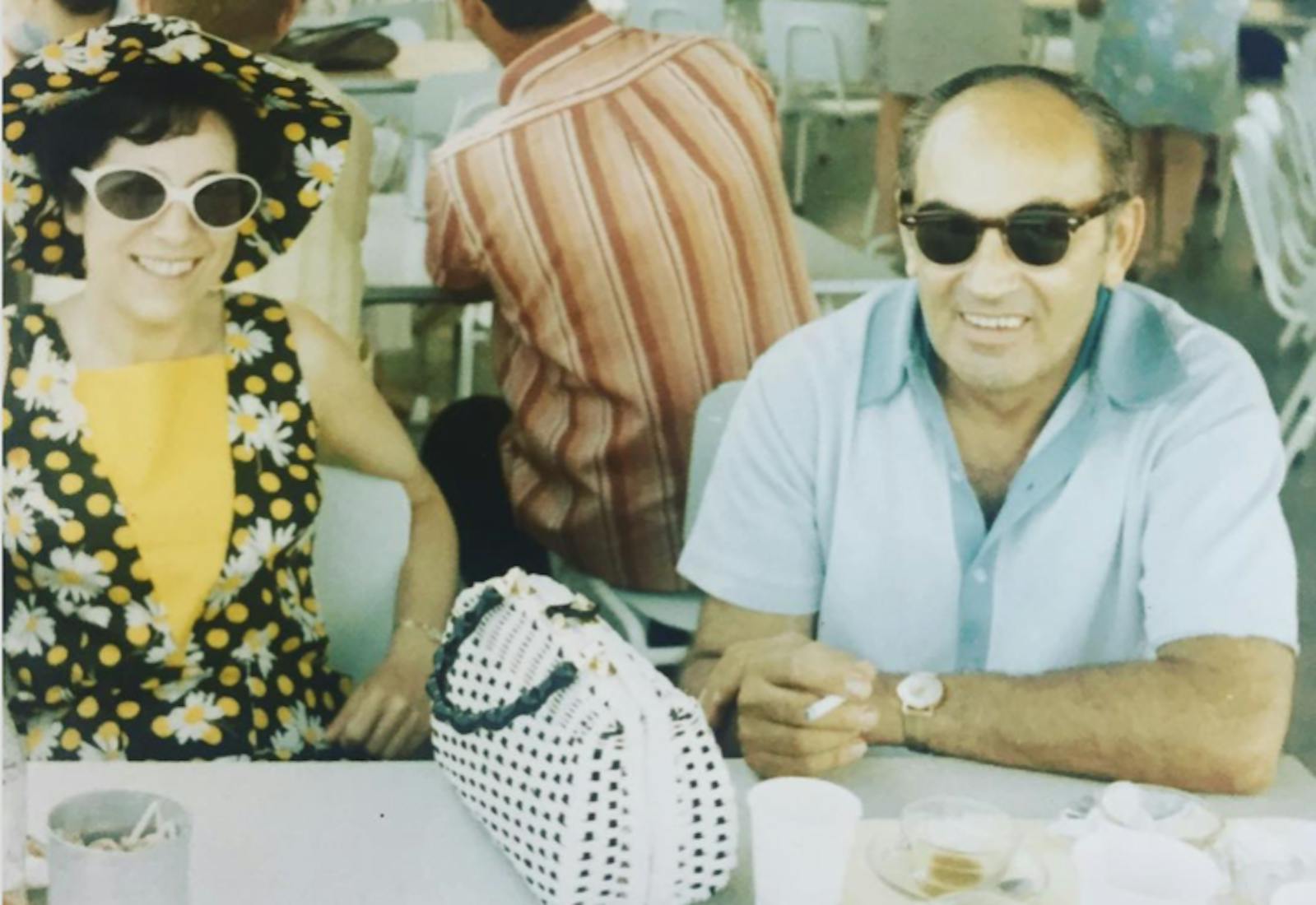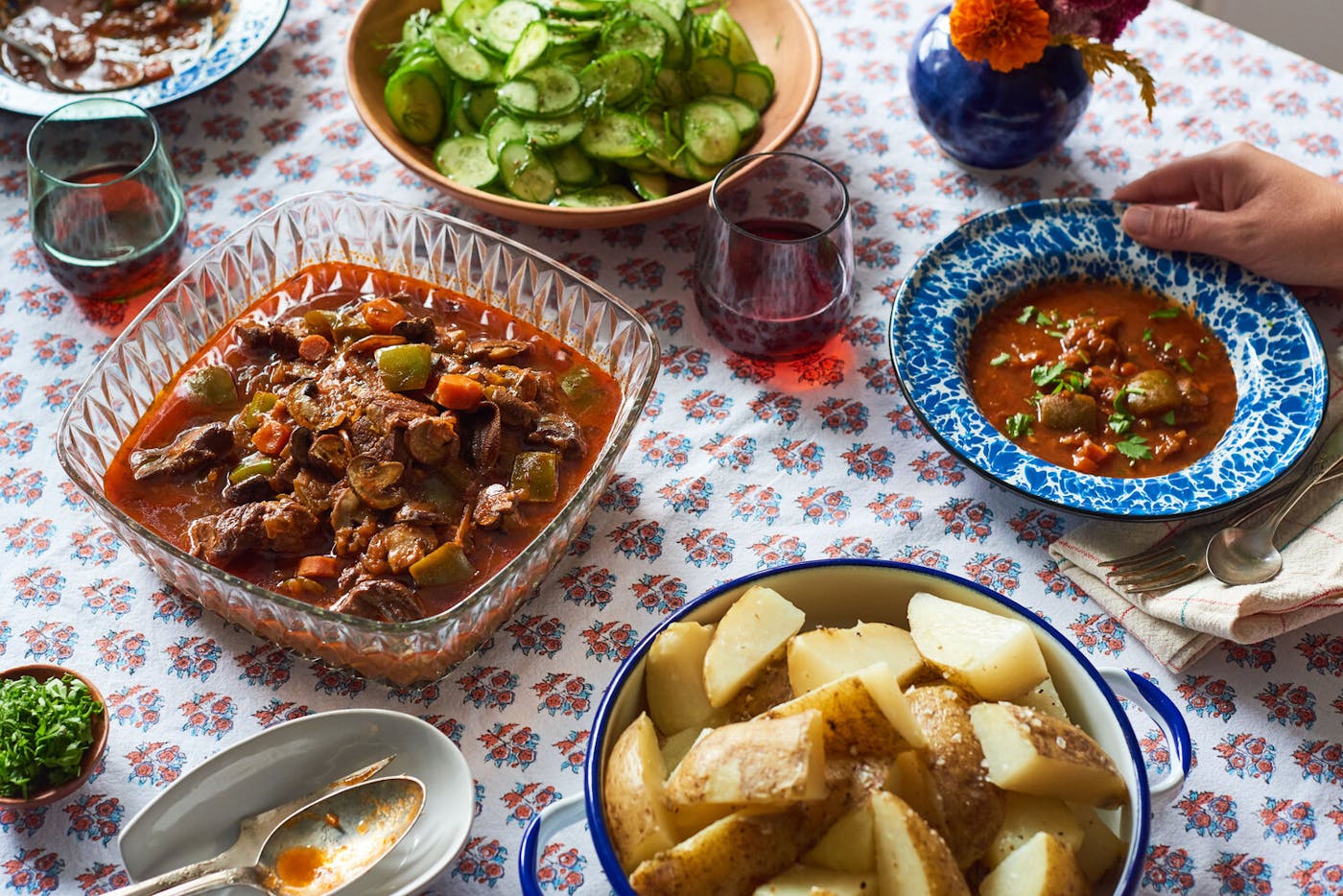Shared by Ariel Pasternak and Shelly Porges


Inge’s family worked quickly to escape the city and the country. Her mother was an American citizen and planned to take Inge’s brother and sister to the United States. Inge, who was involved in a Zionist youth movement, pushed to move on her own to British Mandate Palestine. For days, Inge and her mother would go to Alexanderplatz, a central square in Berlin, to get papers stamped by the Gestapo so she could leave the country.
“Finally, they told me that they would let me leave Berlin on Jan 11, 1939,” Inge wrote years later in her memoir All My Life I Had to Write Letters. “I remember those very sad days in Berlin, the last days before the beginning of our new lives. So sad, because of our parting from each other, with fears in our hearts, fears neither my mom nor I would talk about, if we’d ever see each other again. Remembering this scene now, I am still crying my heart out, I still feel the pain—a dreadful memory, it’ll always hurt. But at least I was let go.” So many others weren’t.
Inge boarded a ship in Trieste, Italy alone. A week later, she arrived in Haifa bay to a large arching rainbow. “I felt, this is an omen—the portals of heaven opening for us—it was a most wonderful beginning,” she wrote. She built a new life for herself on a kibbutz, adopting the Hebrew name Yael, finding friends who were also refugees. Two generations later, her granddaughter Ariel says she admires her grandmother’s transition to her new life. “She grew up in a very aristocratic family in Berlin and essentially went from this very cosmopolitan life to a kibbutz,” Ariel explains.
It’s likely here in Israel that Inge learned to cook, her daughter Shelly says. She swapped recipes with friends and learned recipes from her Czech mother-in-law, building on recipes she may have learned from her own grandmother before the war. No one in the family is quite certain where Inge learned to cook or how she came to make goulash, the rich beef stew spiced with paprika, but it became one of her signature dishes. She served it for decades with egg noodles or boiled potatoes and cucumber and dill salad.
Inge wrote a loose recipe down in a small notebook that Shelly kept. Like countless other family recipes written down over the generations, Inge left out measurements for the dish. “We’re all left to assess what tastes good to us. We all improvise when we use it,” Shelly, her daughter, explains.
It was one of Shelly’s favorite recipes growing up and was a staple of Ariel’s childhood in California, where the family moved. “It wasn’t just for special occasions,” Ariel explains. “Everytime we were together, it was inherently a special occasion.” In her teens, Ariel and her family moved to Washington D.C. and today, she lives in New York.
As an adult, Ariel says, “I think that it tastes like my youth,” but she can still conjure the memory of those meals.
